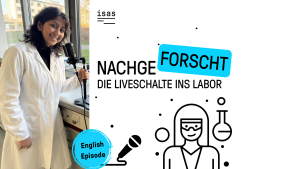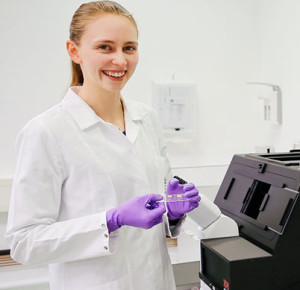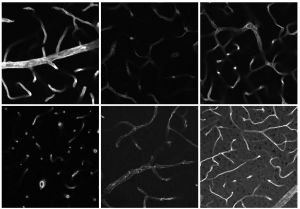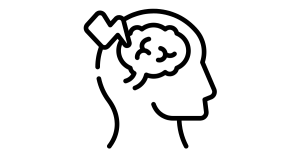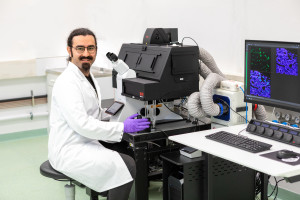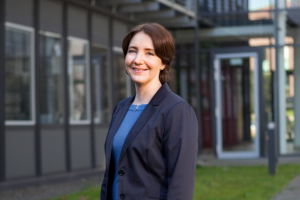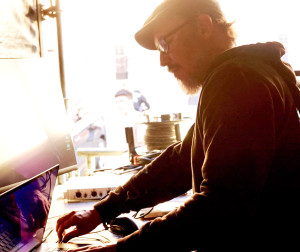Dortmund, 9th March 2022
In the collaborative research centre Transregio 240 (TRR 240), scientists from Würzburg, Tübingen, Greifswald and Dortmund are investigating the complex and as yet little understood functions of thrombocytes (blood platelets). Their aim is to help doctors treat diseases such as heart attacks, strokes, acute lung failure and cancer better in the future.
In order to gain a deeper insight into the molecular mechanisms of platelets, ISAS contributes modern (phospho-)proteomics approaches, among other things. The researchers use mass spectrometry to investigate the (phospho-)proteome of platelets, meaning the totality of all proteins at a certain point in time. In this way, they gain information about changes in the amount, the interactions and the so-called post-translational modifications of the proteins. The latter process refers to the chemical modifications of proteins that have already been formed, meaning after complete translation. Many of these post-translational modifications control the function of the proteins. The findings obtained at SFB TRR 240 can help to gain a deeper understanding of the physiology of platelets and their signal transmission.
A new video, which also includes footage from ISAS’ laboratories, gives an insight into the work of the consortium:
TR_240 Imagefilm
What is Phosphoproteomics?
Phosphoproteomics is a branch of proteomics. Researchers investigate proteins that contain a phosphate group as a post-translational modification. In other words, after complete translation and protein synthesis, a phosphate group binds to the protein. These processes, also called phosphorylations, lead to a structural change of the molecules and their function. Because they control so many essential processes and changes in biological cells, these proteins are also referred to as molecular switches. With the help of phosphoproteome analyses, researchers can observe the entirety of phosphorylations and their changes.
(Cheyenne Peters)
